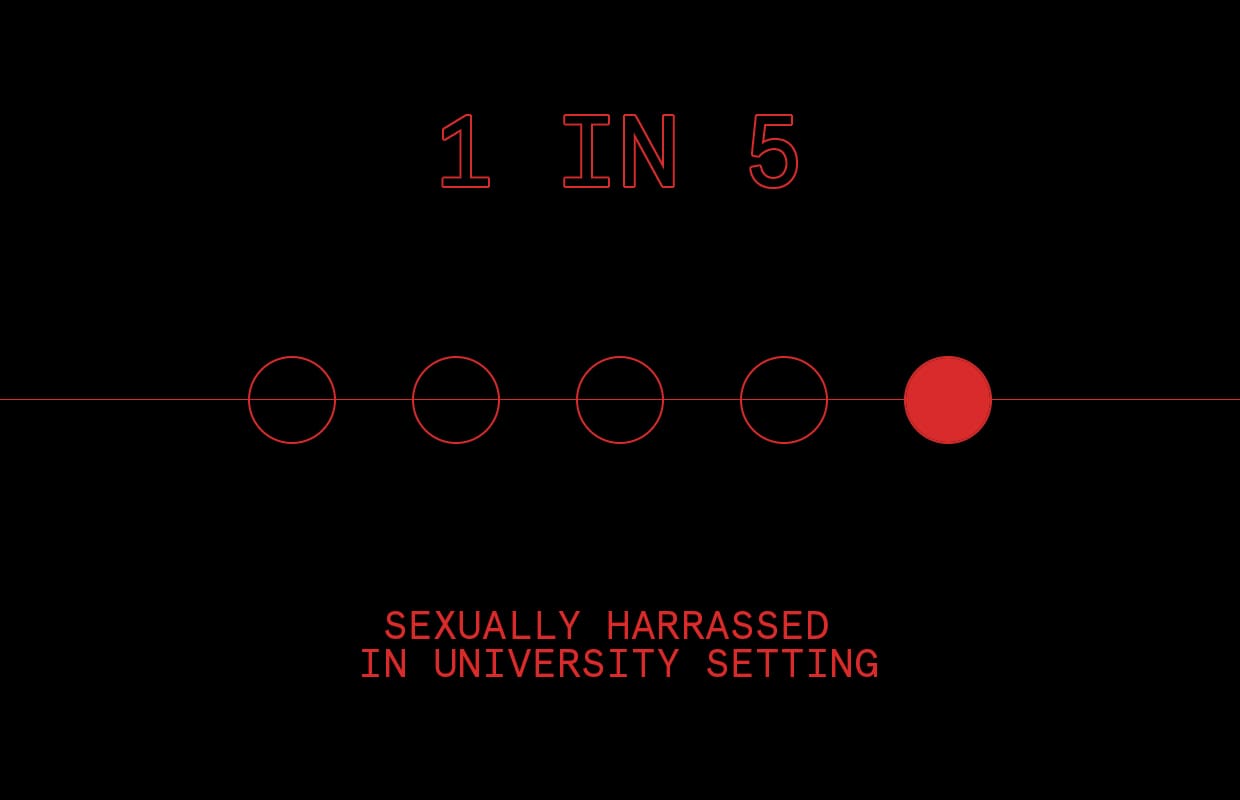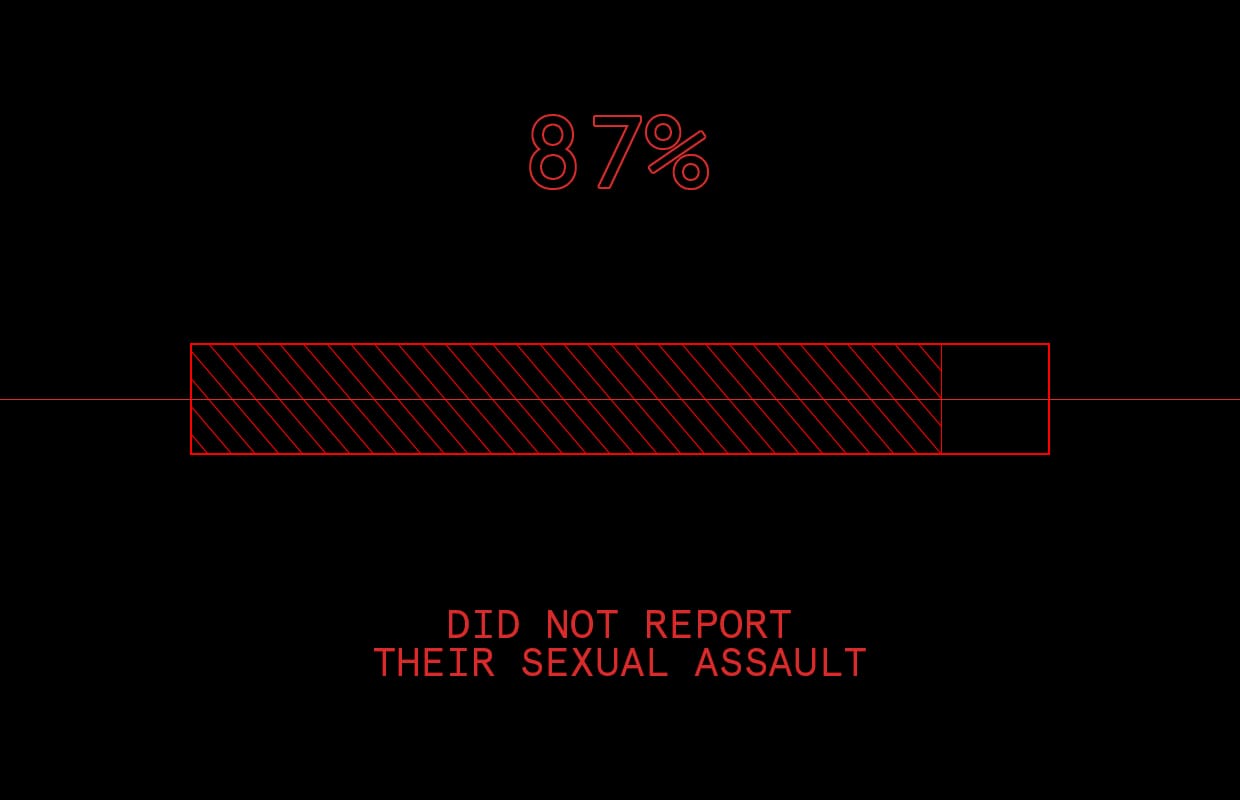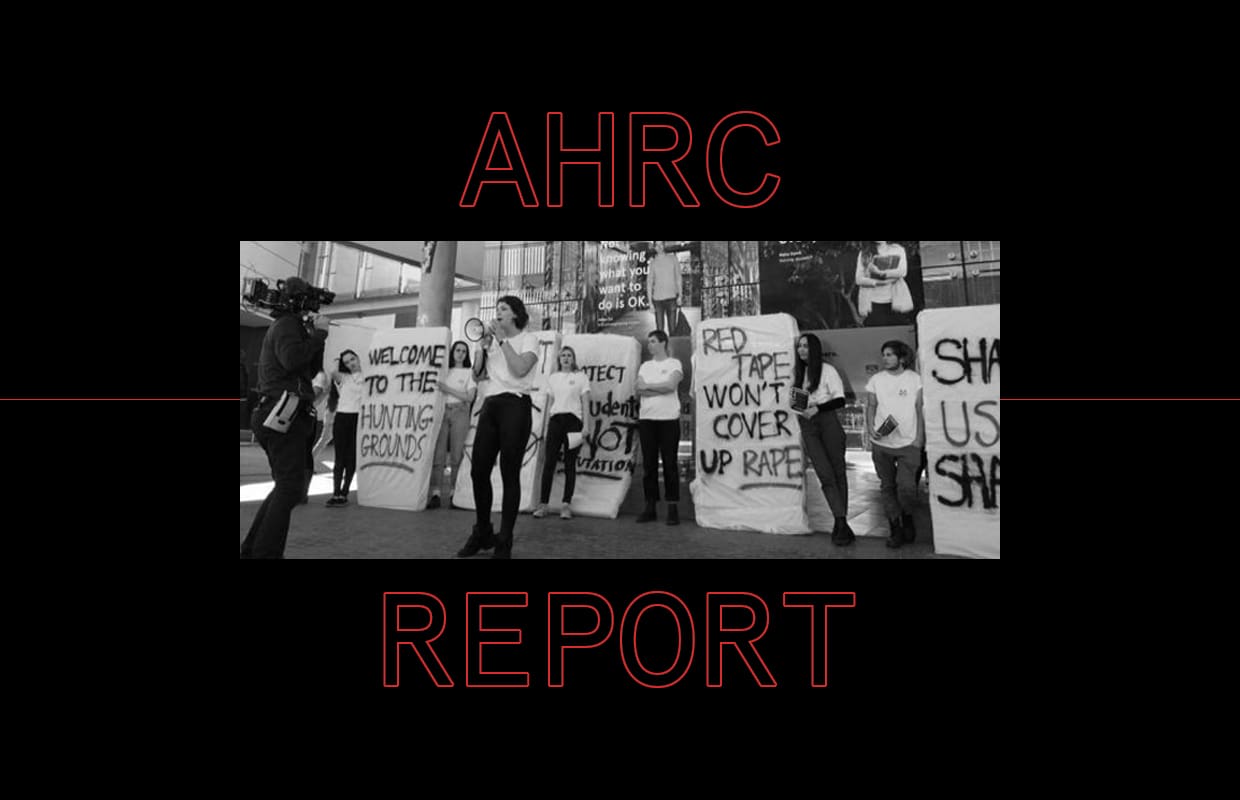Key statistics:
- 1.6 per cent of university students were sexually assaulted in a university setting in 2015 or 2016
- 21 per cent of students were sexually harassed in a university setting in 2016, and 51 per cent were sexually harassed at least once in 2016
- 94 per cent of students who were sexually harassed did not report the incident to their university
- 87 per cent of students who were sexually assaulted did not report the incident to their university
- 6 per cent of students surveyed thought their university was doing enough to provide clear direction on sexual harassment procedures and support services
- 62 per cent had “little or no knowledge” about how to make a formal report or complaint about sexual assault to their university
- 44 per cent of students who identified as bisexual and 38 per cent of students who identified as gay, lesbian or homosexual sexually harassed in 2016, compared with 23 per cent of students who identified as heterosexual
- Women were three times as likely to have been sexually assaulted as men in 2015 and 2016
The Australian Human Rights Commission (AHRC) has found one in five university students around the country were sexually harassed in a university setting in 2016, and over half (51 per cent) have experienced sexual harassment.

The statistic comes from the results of its nation-wide Respect. Now. Always. survey into campus sexual assault, which were released today.
The AHRC hosted a press conference where Human Rights Commissioner Rosalind Croucher, Sex Discrimination Commissioner Kate Jenkins, Universities Australia Chair Margaret Gardner and National Union of Students’ President Sophie Johnston spoke about the Change the Course report.
Jenkins said the report presented a “clear and disturbing story,” and that “no one can read the stories without being deeply affected”.
She also described a submission in which “One woman who reported her assault at college was asked about her drinking habits and asked what she would do in the future to prevent this”.
“The survey results showed us that sexual assault and sexual harassment occurs across all university campuses,” she said.
“Common reasons for not reporting [sexual assault and harassment] is people did not where to go or who to go to. Universities must do more to publicise their processes”’
Johnston also spoke about students not reporting sexual assault, saying “It is shocking to see that 40 per cent of people who experienced sexual assault or violence did not report because they thought it wasn’t bad enough.”
“Today the severity of gendered violence has once again been confirmed to us” @NUS_President and survivor gives powerful speech #AHRCresults
— Honi Soit (@honi_soit) August 1, 2017
The survey also found 1.6% of university students were sexually assaulted in a university setting (including while travelling to or from university) in 2015 or 2016.
In relation to this, Jenkins said, “In a lecture theatre containing 100 students at least one or two have been sexually assaulted in the past year, and 21 are likely to have been sexually harassed in the past year.”
University settings include on campus, off-campus events organised by or endorsed by the university, in university employment or including students, teachers or other people associated with the university as perpetrators if online. This, therefore, does not include off-campus events organised by clubs and societies.
In addition, the survey found women were three times as likely to have been sexually assaulted than men in 2015 and 2016.
94 per cent of students who were sexually harassed and 87 per cent of students who were assaulted did not report these incidents to their university.

57 per cent of student had “little or no knowledge” about where to got for support or assistance about an experience of sexual assault. 62 per cent had “little or no knowledge” about how to make a formal report or complaint about sexual assault to their university, and 60 per cent had “little or knowledge” about how to report sexual harassment.
94% of students sexually harassed and 87% of students sexually assaulted did not make report or complaint to their university #AHRCresults
— Honi Soit (@honi_soit) August 1, 2017
Queer students were found to be more at risk, with 44 per cent of students who identified as bisexual and 38 per cent of students who identified as gay, lesbian or homosexual sexually harassed in 2016, compared with 23 per cent of students who identified as heterosexual.
Women in science, technology, engineering and mathematics (STEM) courses have reported a ‘culture’ of discriminatory attitudes towards women.
Women in STEM have it hard with day to day culture, often being overtly misogynistic in cases I’ve seen. https://t.co/6LmTPKDKMc
— Terry Watson (@TerrenceAWatson) August 1, 2017
The survey covered 39 Australian universities and was launched by the AHRC and Universities Australia in August 2016, following a number of revelations of sexual assault on campuses and pressure from women’s officers around the country.
University of Sydney Students’ Representative Council co-Women’s Officer Imogen Grant said, “The report shows the extent to which universities are not addressing the issue of sexual assault”.
“This confirms what students have been saying for decades — there is a culture of rape which has been allowed to flourish through the inaction of universities.”
Co-Women’s Officer Katie Thorburn said, “Universities have used there being no data as a way to stall on action.”
“They wouldn’t listen to survivors, but we hope they’ll listen to the data.”
Women’s officers around the country have been working on this issue for many years. “Universities Australia have been quick to claim ownership of the survey. But this is a day for students and survivors. The report is the result of decades of advocacy from students, and it is them who deserve to be congratulated,” Grant said.
UA did not commission this research, they were dragged to the table after seed funding was raised by THGAP #ChangetheCourse
— anna hush (@_annahush) August 1, 2017
The University of Sydney released its individual results at 11am.
If you have experienced sexual assault or sexual harassment and feel you would like to speak to someone for support or information, NSW Rape Crisis Centre (Phone: 1800 424 017) can provide counselling 24-hours a day, 7 days a week.
A new national University Support Line is available: 1800 572 224
The support line will be available 24 hours a day, 7 days a week. It will operate until 30 November 2017.





